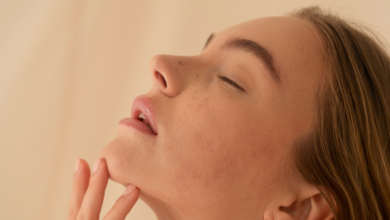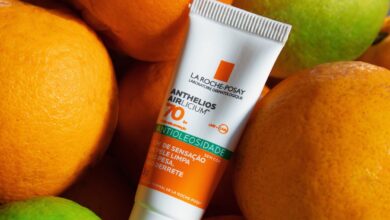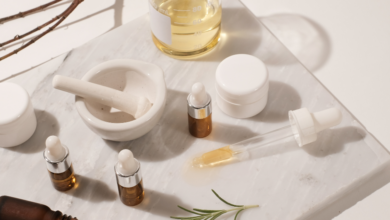
In the world of skincare, more and more people are turning to DIY methods to create safe and effective remedies in the comfort of their own homes. This article explores the growing trend of DIY skincare and the benefits it offers. From natural ingredients to personalized treatments, discover how you can take control of your skincare routine and achieve healthier, glowing skin without ever stepping foot into a spa or clinic. Join the movement and unlock the secrets of DIY skincare today.
Understanding Your Skin
Your skin is the largest organ of your body and plays a crucial role in protecting you from external elements. To effectively care for your skin, it’s important to first understand its unique characteristics. Identifying your skin type is the first step in tailoring a skincare routine that meets your needs.
Identifying your skin type
There are generally four main skin types: normal, oily, dry, and combination. Normal skin is well-balanced, with minimal issues and a healthy complexion. Oily skin tends to produce excess sebum, leading to shine and potential acne breakouts. Dry skin lacks moisture and often feels tight or flaky. Combination skin has a combination of oily and dry areas, typically with an oily T-zone and drier cheeks.
Understanding your skin type allows you to choose appropriate products and ingredients that address specific concerns without causing further imbalances.
Understanding common skin concerns
In addition to identifying your skin type, it’s important to be aware of common skin concerns that may affect you. Acne, breakouts, hyperpigmentation, dryness, and signs of aging are some of the common issues many individuals face.
Each concern requires different approaches and ingredients when creating DIY skincare remedies. By understanding these concerns, you can target them effectively and achieve better results.
Knowing your skin’s needs
Now that you understand your skin type and the particular concerns you may have, it’s time to identify your skin’s needs. This includes determining whether your skin requires hydration, oil control, soothing ingredients, or specific treatments for problem areas.
Tailoring your DIY skincare routine based on your skin’s individual needs will help you achieve optimal results and maintain healthy, radiant skin.

Benefits of DIY Skin Care
Engaging in DIY skin care offers numerous advantages over relying solely on commercial products. By creating your own remedies, you can ensure that your skincare routine is safe, effective, and tailored specifically to your skin’s needs.
Avoiding harmful chemicals
Commercial skincare products often contain synthetic chemicals, preservatives, and additives that may be harsh and irritating to the skin. By making your own skincare products, you have complete control over the ingredients, allowing you to avoid any potential harmful chemicals that can do more harm than good.
Customizing ingredients for your specific needs
One of the significant benefits of DIY skincare is the ability to customize the ingredients according to your unique skin concerns. Whether you need ingredients for acne-prone skin, anti-aging effects, or hydration, DIY recipes allow you to select specific ingredients that target your specific needs.
Cost-effective compared to commercial products
Creating your own skincare remedies can be cost-effective in the long run. Many ingredients for DIY skincare can be found in your kitchen pantry or purchased at an affordable price. By cutting out the middleman and making your own products, you can save money while still achieving the same, if not better, results.
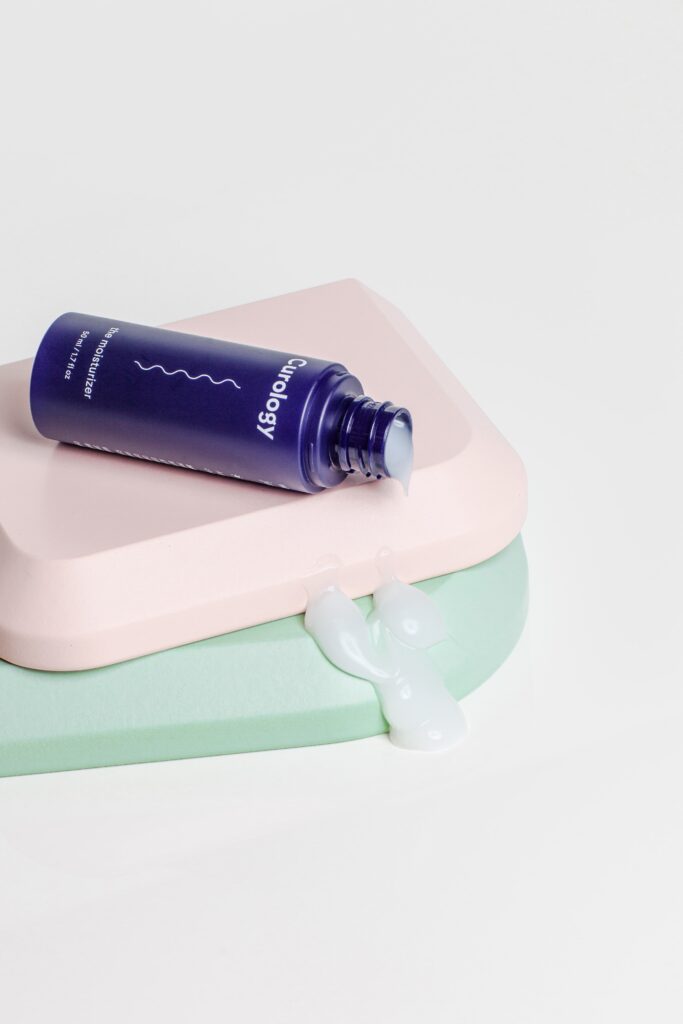
Common DIY Ingredients for Skin Care
When it comes to DIY skincare, there is a wide range of natural ingredients you can incorporate into your homemade remedies. These ingredients offer various benefits and can be tailored to address specific skin concerns.
Natural oils
Natural oils such as jojoba oil, coconut oil, and almond oil are popular choices in DIY skincare. These oils are rich in vitamins and fatty acids, providing hydration, nourishment, and protective properties to the skin.
Essential oils
Essential oils are highly concentrated plant extracts and have powerful properties. They can be used to address concerns such as acne, inflammation, and aging. However, it’s important to use essential oils safely and in moderation, as they can be irritating to the skin when used incorrectly.
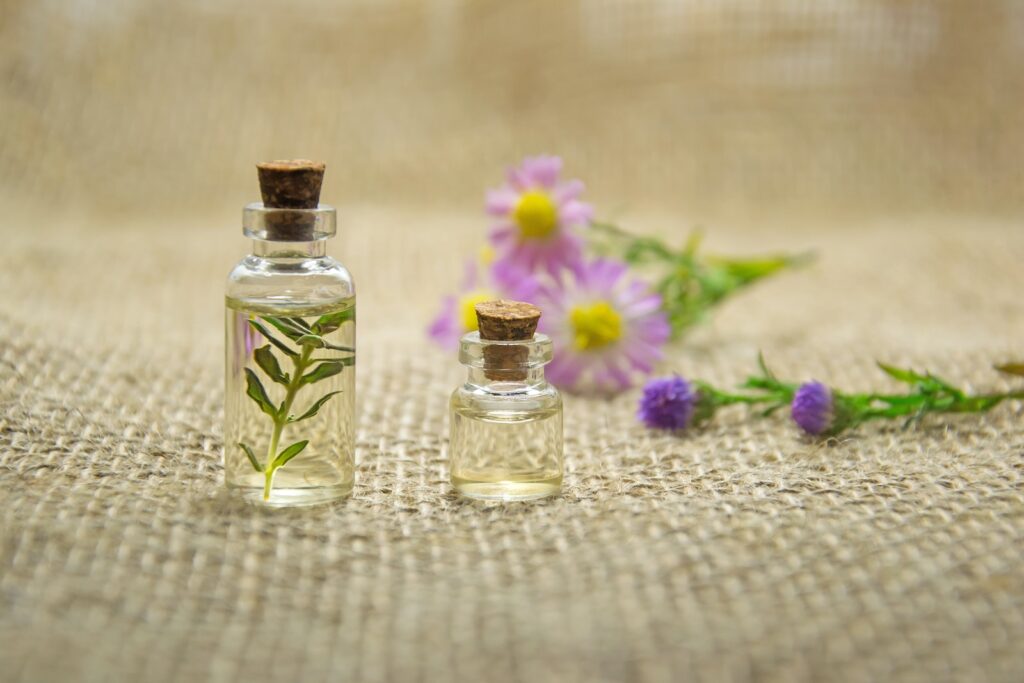
Herbs and botanicals
Herbs and botanicals such as chamomile, lavender, and green tea offer various benefits for the skin. They possess anti-inflammatory, antioxidant, and soothing properties, making them suitable for calming irritated skin and reducing redness.
Honey and milk products
Honey and milk products, such as yogurt and buttermilk, have been used for centuries in skincare routines. They are known for their moisturizing, exfoliating, and brightening effects. These natural ingredients can help improve skin texture, promote a healthy glow, and provide nourishment.
Clays and exfoliants
Clay masks and exfoliants can help detoxify the skin, remove impurities, and gently exfoliate dead skin cells. Ingredients such as bentonite clay, kaolin clay, and sugar can be incorporated into DIY recipes to achieve smoother, clearer skin.
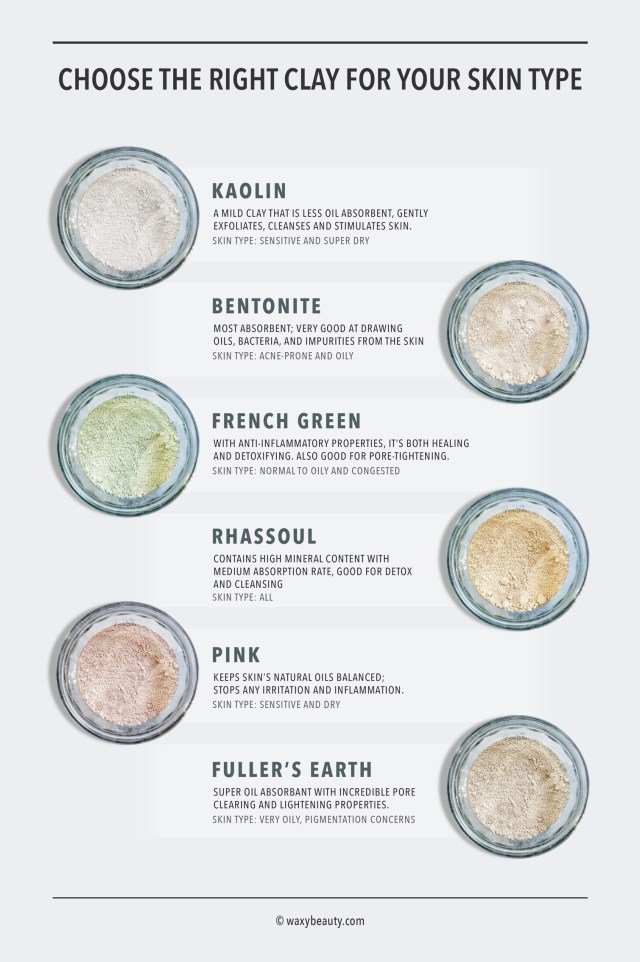
Safety Precautions When Creating DIY Skin Remedies
While DIY skincare can be beneficial, it’s crucial to take certain safety precautions to ensure that the products you create are safe and effective for use on your skin.
Patch testing for allergies
Before applying any DIY skincare product on your face, it’s essential to conduct a patch test. Apply a small amount of the mixture on a small area of your skin, such as the inside of your wrist, and wait for 24 hours to check for any allergic reactions or irritation.
Proper storage and shelf life
DIY skincare products, especially those containing natural and perishable ingredients, require proper storage to maintain their effectiveness and prevent bacterial growth. Store your homemade products in airtight containers and keep them in a cool, dark place to extend their shelf life.
Avoiding contamination
To prevent contamination and maintain the efficacy of your DIY skincare remedies, make sure to use clean utensils, sterilized containers, and wash your hands thoroughly before handling any ingredients. Avoid introducing bacteria or other impurities into your homemade products.
Understanding contraindications and sensitivities
Different individuals may have varying sensitivities or contraindications to certain ingredients. It’s crucial to research and familiarize yourself with any potential contraindications or allergies associated with the ingredients you plan to use. Always consult a dermatologist or healthcare professional if you have any concerns or pre-existing skin conditions.
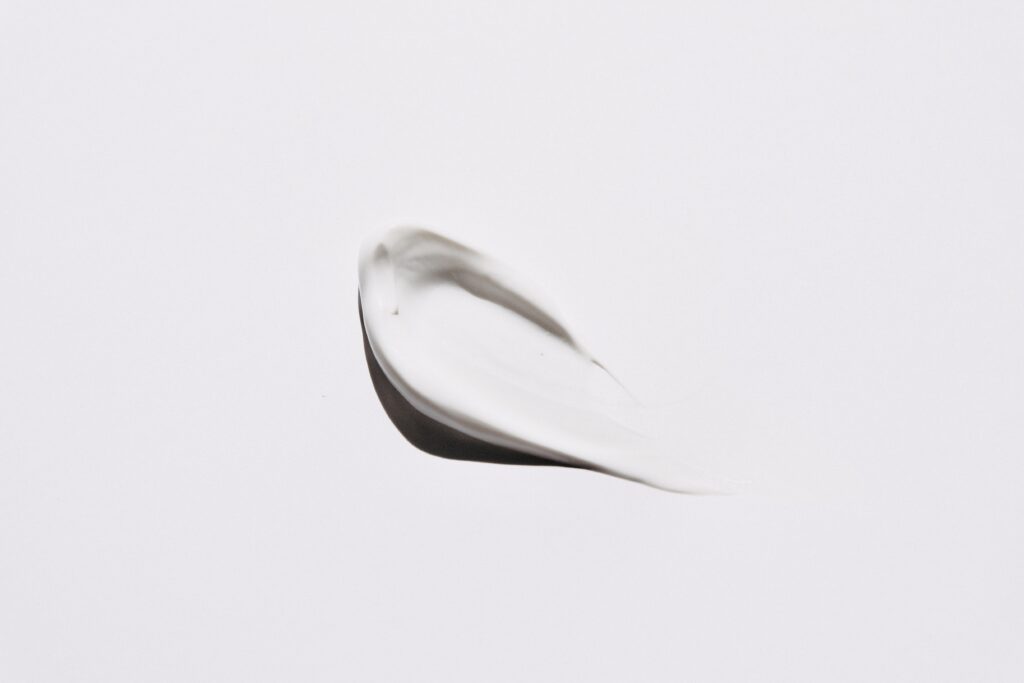
Creating DIY Facials
DIY facials can provide a spa-like experience and help improve the overall health and appearance of your skin. By following a few simple steps, you can create a personalized facial at home.
Cleansing and exfoliating
Start by cleansing your face thoroughly with a gentle cleanser to remove any dirt, makeup, and impurities. Follow it up with a mild exfoliator to remove dead skin cells and unclog pores. Exfoliation helps improve skin texture and allows other products to penetrate more effectively.
Steaming and opening pores
Steaming your face is an essential step in a DIY facial. Boil a pot of water, remove it from the heat, and place your face at a comfortable distance over the pot, covering your head and the pot with a towel to trap the steam. The steam helps open up your pores, allowing deeper cleansing and absorption of subsequent products.
Mask recipes for different skin types
After steaming, apply a mask that is suited to your skin type and concerns. For oily skin, a clay mask can help absorb excess oil and tighten pores. Dry skin may benefit from a hydrating mask containing ingredients like honey or avocado. Combination skin can be addressed with a combination mask, targeting specific areas accordingly.
Toning and moisturizing
Once you’ve removed the mask, it’s important to tone your skin to restore its pH balance and prepare it for moisturization. Use a gentle toner that suits your skin type. Finally, apply a moisturizer suited to your skin’s needs to lock in hydration, nourish your skin, and seal the benefits of your DIY facial.
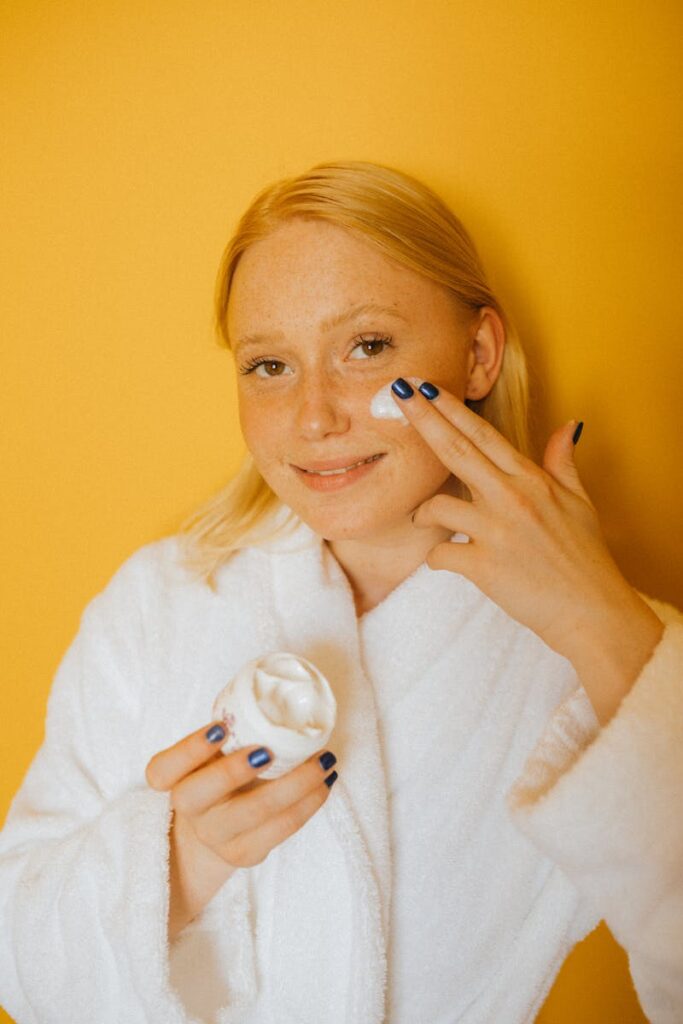
DIY Solutions for Acne and Breakouts
Acne and breakouts can be frustrating and challenging to manage. DIY skincare offers several effective solutions that can help combat these issues.
Gentle cleansers
Using a gentle, non-comedogenic cleanser is crucial for acne-prone skin. Look for ingredients such as salicylic acid or tea tree oil, known for their anti-inflammatory and acne-fighting properties.
Spot treatments
Spot treatments target individual acne lesions. Ingredients like tea tree oil, witch hazel, or diluted apple cider vinegar can be used as effective natural remedies to reduce redness, inflammation, and kill acne-causing bacteria.
Oil balancing remedies
For oily skin, ingredients such as clay, witch hazel, and aloe vera can help absorb excess oil, minimize pore size, and reduce the occurrence of breakouts.
Natural remedies for scars
Healing acne scars requires time and patience. DIY remedies using ingredients such as rosehip oil, vitamin E, or aloe vera can help fade scars and promote a more even complexion over time.
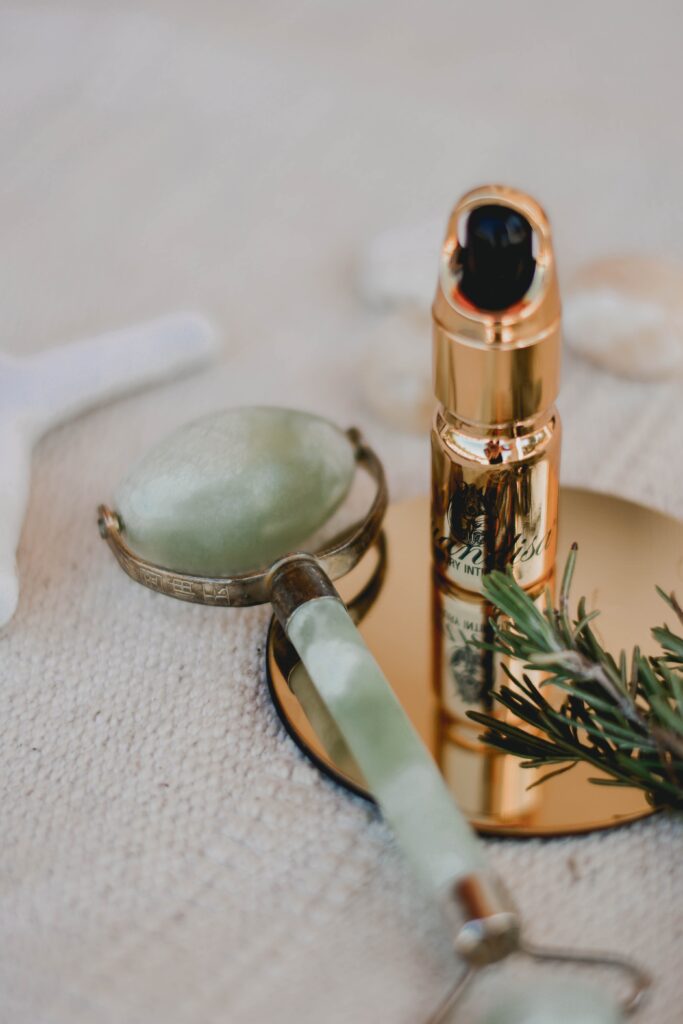
Natural Remedies for Dry and Dehydrated Skin
Dry and dehydrated skin can benefit from various DIY remedies that restore moisture and help maintain a healthy barrier function.
Hydrating masks
Hydrating masks packed with ingredients like honey, aloe vera, and hyaluronic acid can provide intense hydration and nourishment to dry skin. These masks help restore moisture and improve the skin’s texture.
Nourishing oils and butters
Dry skin can benefit from using nourishing oils and butters such as argan oil, shea butter, or cocoa butter. These ingredients provide essential fatty acids and emollients that help replenish the skin’s natural oils and lock in moisture.
Soothing ingredients for inflammation
Dry skin is often prone to inflammation and irritation. Ingredients like oatmeal, chamomile, and cucumber have anti-inflammatory properties and can soothe dry, irritated skin.
Humectants and occlusives
Including humectants like glycerin or hyaluronic acid in your DIY skincare routine can help attract and retain moisture in the skin. Occlusives, such as beeswax or petrolatum, can be used as a protective barrier to prevent water loss.
DIY Treatments for Oily and Combination Skin
Oily and combination skin requires special attention to control sebum production and balance hydration levels.
Oil-controlling cleansers
Using oil-controlling cleansers formulated with ingredients like salicylic acid or activated charcoal can help remove excess oil, unclog pores, and reduce shine.
Balancing toners
Toners formulated with witch hazel or apple cider vinegar can help balance the skin’s pH levels, tighten pores, and control excess oil production.

Mattifying masks
To reduce oiliness and shine, mattifying masks containing ingredients such as clay or charcoal can help absorb excess oil, remove impurities, and leave the skin feeling refreshed and balanced.
Pore-minimizing remedies
DIY remedies incorporating ingredients like tea tree oil, cucumber, or niacinamide can help minimize the appearance of pores, control sebum production, and improve overall skin texture.
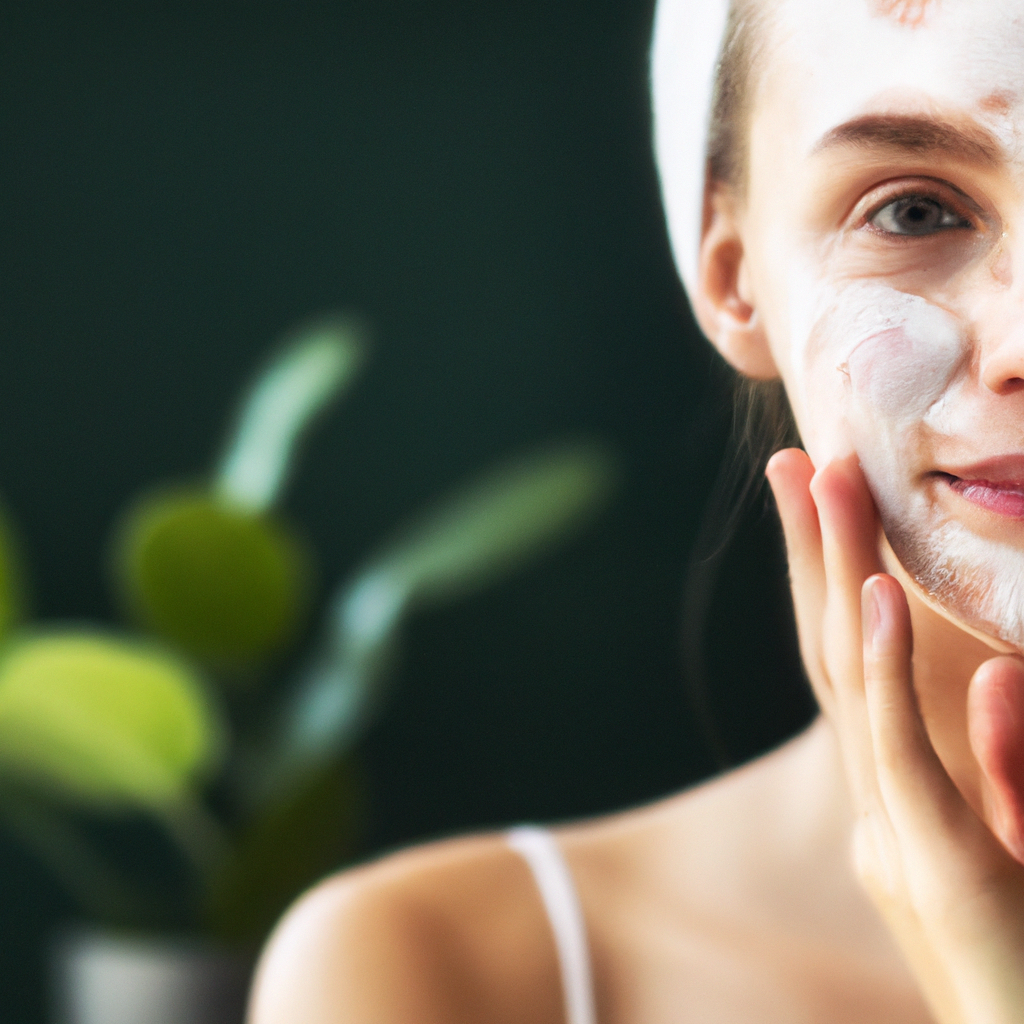
Home Remedies for Hyperpigmentation and Uneven Skin Tone
Hyperpigmentation and uneven skin tone can be a result of various factors, but there are DIY remedies that can help even out your complexion.
Brightening ingredients
Including brightening ingredients like lemon juice, vitamin C, or licorice extract in your DIY skincare can help lighten dark spots and brighten overall skin tone. However, it’s important to use these ingredients cautiously and avoid excessive sun exposure.
DIY serums and spot treatments
Creating your own serums and spot treatments using ingredients such as vitamin E, rosehip oil, or kojic acid can target specific areas with hyperpigmentation and help fade dark spots gradually.
Exfoliation for even skin tone
Regular exfoliation is key to achieving an even skin tone. Gentle exfoliators like fruit enzymes or alpha hydroxy acids can remove dead skin cells, promote cell turnover, and reveal a brighter complexion.
Natural Anti-Aging Skin Care
Addressing signs of aging is a common concern, and DIY skincare can offer effective solutions using natural ingredients.
DIY anti-aging serums
Creating your own anti-aging serums allows you to incorporate potent ingredients like retinol, vitamin C, and peptides. These ingredients can help reduce the appearance of fine lines, wrinkles, and age spots, promoting a more youthful and radiant complexion.
Collagen-boosting ingredients
Including collagen-boosting ingredients like rosehip oil, aloe vera, or green tea extract in your DIY skincare routine can help improve skin elasticity, firmness, and reduce the appearance of fine lines.
Firming and tightening masks
DIY firming and tightening masks formulated with ingredients like egg white, honey, or yogurt can help improve skin firmness and elasticity, giving your skin a lifted and more youthful appearance.
Ingredients for reducing fine lines and wrinkles
DIY remedies incorporating ingredients such as hyaluronic acid, retinol, or alpha hydroxy acids can help reduce the appearance of fine lines and wrinkles by promoting collagen production and enhancing skin cell renewal.
In conclusion, DIY skincare offers a range of benefits and allows you to tailor your skincare routine to meet your individual needs. By understanding your skin type, identifying common concerns, and knowing your skin’s needs, you can create effective and safe DIY remedies. Just remember to take necessary safety precautions, follow proper storage practices, and understand any potential sensitivities or contraindications. With a little effort and experimentation, you can achieve healthy, radiant skin using natural ingredients right from your own kitchen.


